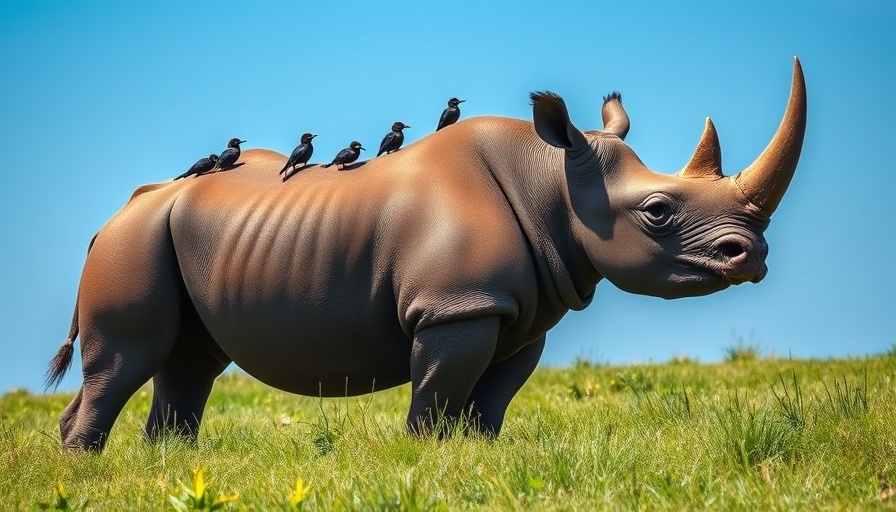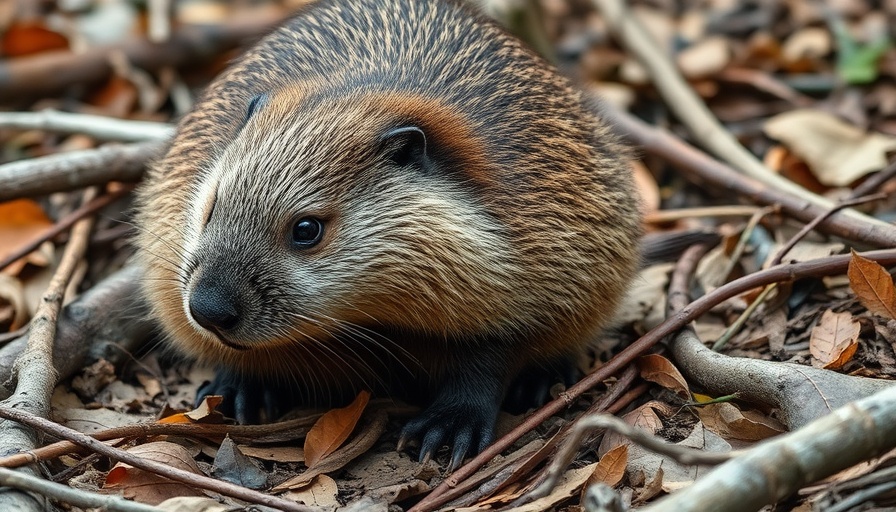
Budget Bill's Impact on Wildlife: A Looming Crisis
With the U.S. Senate considering a budget reconciliation bill, wildlife advocates are voicing grave concerns over the potential threats posed to America's delicate ecosystems. Notably, this bill, aiming for a swift passage before the Fourth of July, includes provisions that could devastate wildlife habitats and public lands, risking the very foundations of biodiversity that American wildlife relies upon.
Sacrificing Public Lands for Profit
One of the most alarming proposals within the legislation involves the sale of two to three million acres of public lands across 11 states. This sale, devoid of public input, prioritizes profit over preservation, threatening areas essential for wildlife like the threatened Mexican spotted owl. These designated habitats could face irrevocable damage as energy and resource extraction expand into once-protected spaces, endangering not just flora and fauna but local communities as well.
Chilling Effects of 'Pay to Play'
The proposed "pay to play" provision is another detrimental aspect of the bill, allowing companies to pay a fee to bypass thorough environmental reviews. This not only hampers regulatory oversight but effectively silences community voices, limiting their ability to contest projects that could harm local habitats and health. Without a robust and participatory review process, the bill paves the way for unchecked corporate decisions that could jeopardize the environment.
The Battle for Biodiversity
As residents of the high desert, we find ourselves at a critical junction where local wildlife intersects with national policy. The Arctic National Wildlife Refuge, home to migrating caribou and countless other species, serves as a poignant reminder of what is at stake. Just as historic conservation efforts have helped revitalize bison populations from near extinction, today's actions may determine whether these self-sustaining natural wonders can continue to thrive.
Why Everyone Should Care
It’s not merely about preserving vast stretches of land; it’s about protecting the heart of our natural heritage. Healthy ecosystems contribute to our well-being, clean air, and water, cementing the interconnectedness of wildlife health and human prosperity. The fight against the budget bill's harmful provisions offers a chance to reinforce our commitment to safeguarding wildlife and the environment as a collective community effort.
Join the Call for Conservation
As the deadline approaches for Senate voting, engaging in the discussion becomes paramount. Citizens are encouraged to voice their concerns about the budget bill and advocate for policies that uphold wildlife conservation. By expressing our insights and values as a community, we not only amplify the voices of our wildlife but also honor our shared responsibility to those who inhabit these lands.
Take action today to help protect America's wildlife. Write to your local representatives, share your thoughts on social media, and join grassroots efforts aimed at wildlife conservation. Together, we can ensure a future where our natural heritage remains intact.
 Add Row
Add Row  Add
Add 




Write A Comment